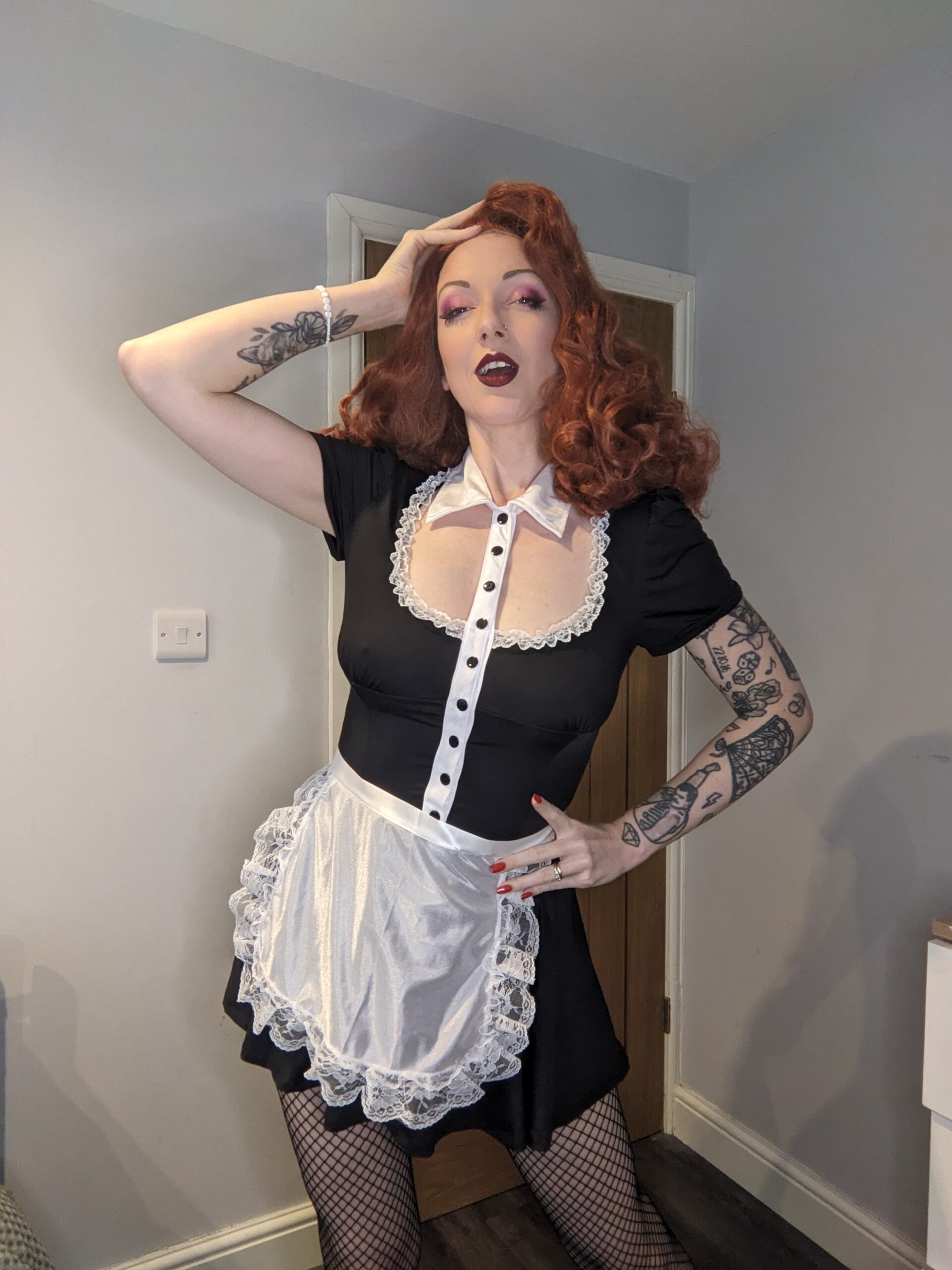Understanding Non-Binary Identities
Understanding non-binary identities is crucial for fostering inclusivity and respect for all individuals. Non-binary people encompass a diverse range of gender identities that fall outside the traditional binary categories of male and female.
- Some common non-binary identities include agender, bigender, genderfluid, and demigender.
- Agender individuals do not identify with any gender.
- Bigender people identify as two genders, which can be fluid or fixed.
- Genderfluid individuals experience shifts in their gender identity over time.
- Demigender individuals partially identify with one gender and partially with another or no gender at all.
It’s important to note that these are just a few examples, and the spectrum of non-binary identities is vast and ever-evolving.
Exploring Specific Identities within the Non-Binary Community
Understanding non-binary identities is crucial for fostering inclusivity and respect for all individuals. Non-binary people encompass a diverse range of gender identities that fall outside the traditional binary categories of male and female.
- Some common non-binary identities include agender, bigender, genderfluid, and demigender.
- Agender individuals do not identify with any gender.
- Bigender people identify as two genders, which can be fluid or fixed.
- Genderfluid individuals experience shifts in their gender identity over time.
- Demigender individuals partially identify with one gender and partially with another or no gender at all.
It’s important to note that these are just a few examples, and the spectrum of non-binary identities is vast and ever-evolving. Each person’s experience and expression of their gender identity is unique and should be respected.
Navigating Social Interactions and Expression
Navigating the complexities of social interactions in English requires sensitivity and awareness, particularly when it comes to understanding diverse gender identities. The traditional binary categories of male and female are no longer sufficient to encompass the full spectrum of human experiences.
Pronouns and Naming Preferences
Understanding non-binary identities is crucial for fostering inclusivity and respect for all individuals. Non-binary people encompass a diverse range of gender identities that fall outside the traditional binary categories of male and female.
- Some common non-binary identities include agender, bigender, genderfluid, and demigender.
- Agender individuals do not identify with any gender.
- Bigender people identify as two genders, which can be fluid or fixed.
- Genderfluid individuals experience shifts in their gender identity over time.
- Demigender individuals partially identify with one gender and partially with another or no gender at all.
It’s important to note that these are just a few examples, and the spectrum of non-binary identities is vast and ever-evolving. Each person’s experience and expression of their gender identity is unique and should be respected.
Navigating the complexities of social interactions in English requires sensitivity and awareness, particularly when it comes to understanding diverse gender identities. The traditional binary categories of male and female are no longer sufficient to encompass the full spectrum of human experiences.
When interacting with non-binary individuals, it is essential to use their correct pronouns and name as they identify.
- Pronouns refer to the words used to refer to a person’s gender, such as he/him, she/her, or they/them.
- Asking for someone’s preferred pronouns is a respectful way to ensure you are using language that aligns with their identity.
It’s also important to avoid making assumptions about someone’s gender based on their appearance or mannerisms.
Instead, allow individuals to share their own identities and pronouns when they feel comfortable doing so.
Clothing and Appearance
Navigating social interactions and expression requires sensitivity and awareness, especially when understanding diverse gender identities. Clothing and appearance can be powerful forms of self-expression, allowing individuals to present themselves in ways that align with their gender identity.
For non-binary individuals, clothing choices may not necessarily conform to traditional gender norms associated with male or female attire. Some may embrace gender-neutral clothing styles, while others may incorporate elements from both masculine and feminine aesthetics to create a unique and personal expression.
It’s important to remember that clothing is a personal choice, and individuals should be free to express themselves through their attire without facing judgment or assumptions based on societal expectations.
Respecting how non-binary individuals choose to present themselves through clothing and appearance is crucial for fostering inclusivity and creating a more accepting environment.
Communication and Respect
Understanding non-binary identities is crucial for fostering inclusivity and respect for all individuals. Non-binary people encompass a diverse range of gender identities that fall outside the traditional binary categories of male and female.
- Some common non-binary identities include agender, bigender, genderfluid, and demigender.
- Agender individuals do not identify with any gender.
- Bigender people identify as two genders, which can be fluid or fixed.
- Genderfluid individuals experience shifts in their gender identity over time.
- Demigender individuals partially identify with one gender and partially with another or no gender at all.
It’s important to note that these are just a few examples, and the spectrum of non-binary identities is vast and ever-evolving. Each person’s experience and expression of their gender identity is unique and should be respected.
Navigating the complexities of social interactions in English requires sensitivity and awareness, particularly when it comes to understanding diverse gender identities. The traditional binary categories of male and female are no longer sufficient to encompass the full spectrum of human experiences.
When interacting with non-binary individuals, it is essential to use their correct pronouns and name as they identify.
- Pronouns refer to the words used to refer to a person’s gender, such as he/him, she/her, or they/them.
- Asking for someone’s preferred pronouns is a respectful way to ensure you are using language that aligns with their identity.
It’s also important to avoid making assumptions about someone’s gender based on their appearance or mannerisms.
Instead, allow individuals to share their own identities and pronouns when they feel comfortable doing so.
Navigating social interactions and expression requires sensitivity and awareness, especially when understanding diverse gender identities. Clothing and appearance can be powerful forms of self-expression, allowing individuals to present themselves in ways that align with their gender identity.
For non-binary individuals, clothing choices may not necessarily conform to traditional gender norms associated with male or female attire. Some may embrace gender-neutral clothing styles, while others may incorporate elements from both masculine and feminine aesthetics to create a unique and personal expression.
It’s important to remember that clothing is a personal choice, and individuals should be free to express themselves through their attire without facing judgment or assumptions based on societal expectations.

Respecting how non-binary individuals choose to present themselves through clothing and appearance is crucial for fostering inclusivity and creating a more accepting environment.
Challenges Faced by Non-Binary Individuals
Non-binary individuals face a variety of challenges in a society that often operates within a binary understanding of gender. These challenges can manifest in social interactions, access to resources, and overall feelings of acceptance and belonging.
Misunderstanding and Prejudice
One significant challenge faced by non-binary individuals is misunderstanding and prejudice. Many people are unfamiliar with non-binary identities and may use incorrect pronouns or make assumptions about their gender based on appearance. This can lead to feelings of frustration, anger, and invalidity.

Another challenge is the lack of societal recognition and acceptance of non-binary identities. Many institutions and systems still operate within a binary framework, which can make it difficult for non-binary individuals to access appropriate resources or services. This can include issues with legal documents, healthcare providers, and even everyday interactions.
Furthermore, non-binary individuals may experience discrimination and harassment due to their gender identity. This can range from verbal abuse to physical violence and create a hostile environment that makes it difficult to live openly and authentically.
Lack of Visibility and Representation
Non-binary individuals face a variety of challenges in a society that often operates within a binary understanding of gender. These challenges can manifest in social interactions, access to resources, and overall feelings of acceptance and belonging.
One significant challenge faced by non-binary individuals is misunderstanding and prejudice. Many people are unfamiliar with non-binary identities and may use incorrect pronouns or make assumptions about their gender based on appearance. This can lead to feelings of frustration, anger, and invalidity.
Another challenge is the lack of societal recognition and acceptance of non-binary identities. Many institutions and systems still operate within a binary framework, which can make it difficult for non-binary individuals to access appropriate resources or services. This can include issues with legal documents, healthcare providers, and even everyday interactions.
Furthermore, non-binary individuals may experience discrimination and harassment due to their gender identity. This can range from verbal abuse to physical violence and create a hostile environment that makes it difficult to live openly and authentically.
A significant consequence of these challenges is the lack of visibility sex bets for couples and representation of non-binary people in media, popular culture, and public discourse. This limited representation contributes to the misunderstanding and prejudice they face, making it harder for them to feel seen, heard, and understood.
Access to Healthcare and Support
Non-binary individuals often face unique challenges when accessing healthcare and support systems. Many healthcare providers lack training and understanding regarding gender identity beyond the male/female binary, leading to inadequate or insensitive care.
This can include misgendering, assuming a patient’s sexual orientation based on their gender expression, and failing to recognize the specific healthcare needs of non-binary individuals.

Another challenge is the lack of access to gender-affirming care, which includes hormone therapy, surgery, and mental health services tailored to the specific needs of non-binary people.
Many insurance plans do not adequately cover these services, making them financially inaccessible for many.
Furthermore, finding therapists and support groups that are knowledgeable about and affirming of non-binary identities can be difficult. This lack of specialized support can make it challenging for non-binary individuals to navigate the emotional complexities associated with their gender identity and find a sense of community.
Creating more inclusive healthcare environments that prioritize the well-being of all individuals, regardless of their gender identity, is crucial.
Supporting Non-Binary Communities**
### Education and Awareness
### Advocacy and Allyship
### Creating Inclusive Spaces
Education and awareness are fundamental to fostering understanding and acceptance of non-binary identities.
- Providing accurate information about non-binary gender identities through educational materials, workshops, and public awareness campaigns can help dispel myths and stereotypes.
- Encouraging open dialogue and conversations about gender identity can create a space for learning and empathy.
Advocacy and allyship are crucial for creating a more inclusive society for non-binary individuals.
- Speaking up against discrimination and prejudice whenever encountered, both online and offline, is essential.
- Supporting organizations that advocate for the rights of LGBTQ+ individuals, including those specifically focused on non-binary issues, can contribute to broader systemic change.
- Using inclusive language and pronouns when referring to non-binary people demonstrates respect and validates their identities.
Creating inclusive spaces is essential for making non-binary individuals feel welcomed and valued. This involves a multifaceted approach:
- Providing gender-neutral restrooms and changing facilities ensures that all individuals have access to safe and comfortable spaces.
- Using gender-inclusive language in policies, forms, and communication materials avoids making assumptions about gender identity.
- Creating opportunities for non-binary individuals to share their experiences and perspectives fosters a sense of belonging and visibility.
D Magazine Salon
Flea Madonna Shop
- When Can I Use A Straw After Lip Filler Reddit - November 29, 2025
- Why Am I Losing So Much Hair At My Temples? - November 10, 2025
- What Is Sexual Nonconformity And How Does It Challenge Heteronormative Standards? - November 9, 2025